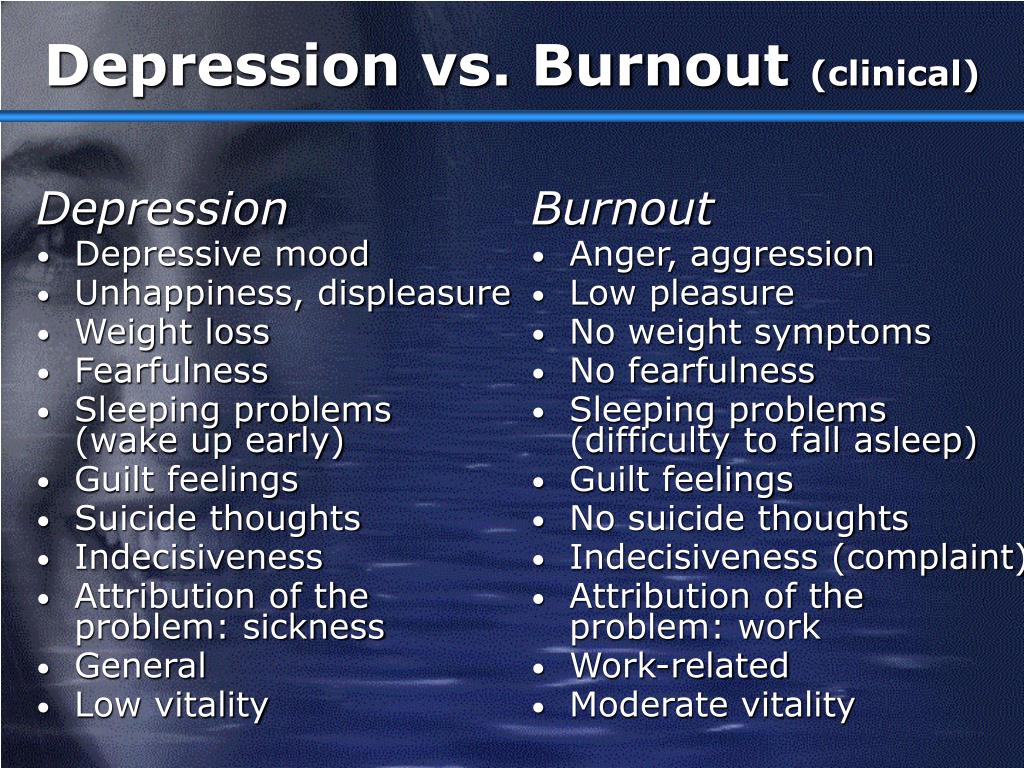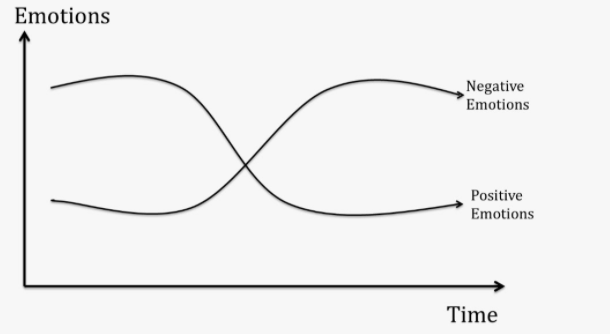

Your job status may be put in jeopardy if you continue on this path.īurnout symptoms vary depending on which phase of burnout you’re in. You can also begin to experience chronic mental and physical fatigue that prevents you from working. If left untreated, burnout can become a part of your everyday life and eventually lead to anxiety or depression. Friends and family members may also notice behavioral changes. Physical symptoms will become intense, leading to chronic headaches, stomach issues and gastrointestinal problems. At times, you may also feel numb and experience extreme self-doubt. Problems at work begin to consume you to the point where you obsess over them.

This phase is when you reach your limit and can no longer function as you normally would.

Sometimes, these feelings follow you home and can affect relationships with friends and family. In other cases, you may become angry and lash out at coworkers. Socially, you may withdraw from normal work-related conversations. Examples include feelings of apathy, not completing work on time, being late for work or procrastinating during tasks. As the pressure mounts, the stress is likely to consistently affect your work. You’ll reach a point where the stress becomes more persistent, or chronic. Physically, fatigue can start to set in, making it more difficult to sleep or enjoy activities outside of work. You may start to lose focus more easily or be less productive when completing tasks.

As this stage begins, take notice of any physical or mental signs. Not every second of your day is stressful, but there are more frequent times when stress takes over. Whether it is starting a new job or tackling a new task, it’s common to experience satisfaction that leads to periods of productivity and the ability to tap into your creative side.Įventually, the honeymoon phase dwindles, and you begin to experience stress. Like a honeymoon phase in a marriage, this stage comes with energy and optimism. The initial stages may not feel like much, but they can eventually lead to a habitual phase that makes it hard to carry out your occupational duties.
Burnout depersonalization series#
Instead, your thoughts, feelings and actions progress through a series of stages. What are the 5 Burnout Stages?īurnout isn’t a sudden onset of feelings. You may also experience burnout at a higher rate if your job requires a heavy workload, is understaffed, has conflicts in the workplace or doesn’t reward work when there is a job well done. You may be at a higher risk of burnout if you have poor self-esteem, unrealistic expectations in the workplace or aren’t comfortable coping with stressors. Depression, on the other hand, impacts every aspect of your life with persistent feelings of hopelessness, worthlessness or helplessness. In most cases, burnout is work-related and doesn’t affect your day-to-day life. Certain depression-related symptoms, such as exhaustion and difficulty performing tasks, can masquerade as burnout. The same can be said for misinterpreting depression for burnout. You typically feel like you don’t have enough - not enough motivation, not enough energy, not enough care. Stress is having too much on your plate - too much work to handle, too many responsibilities, too many hours spent working. burnoutĭon’t confuse burnout with stress, though. Indeed, a job website that helps people find employment, surveyed 1,500 workers across various industries last March and found burnout increased by nearly 10 percent (52 percent in 2021 compared to 43 percent before the pandemic) during COVID-19. Of course, COVID-19 has magnified burnout, especially among healthcare workers.
Burnout depersonalization professional#
The term later evolved to include any working professional experiencing exhaustion and an inability to cope with daily tasks. It was first used to describe medical professionals, such as doctors and nurses, who felt “burned out” from their tireless work. The feelings of burnout typically occur when you’re overwhelmed at work and feel as if you can no longer keep up with the rigors of your job.īurnout syndrome originated in the 1970s by American psychologist Herbert Freudenberger. In this context, external factors, such as those from workplace dysfunction, are primarily to blame for burnout.īurnout can affect your mental, physical and emotional state. This condition is a syndrome - not a medical diagnosis - caused by “chronic workplace stress that has not been successfully managed,” according to the WHO. In 2019, the World Health Organization (WHO) provided clarification by classifying burnout as a syndrome that stems from an occupational phenomenon. For the last several decades, the concept of burnout has been debated among industry professionals.


 0 kommentar(er)
0 kommentar(er)
